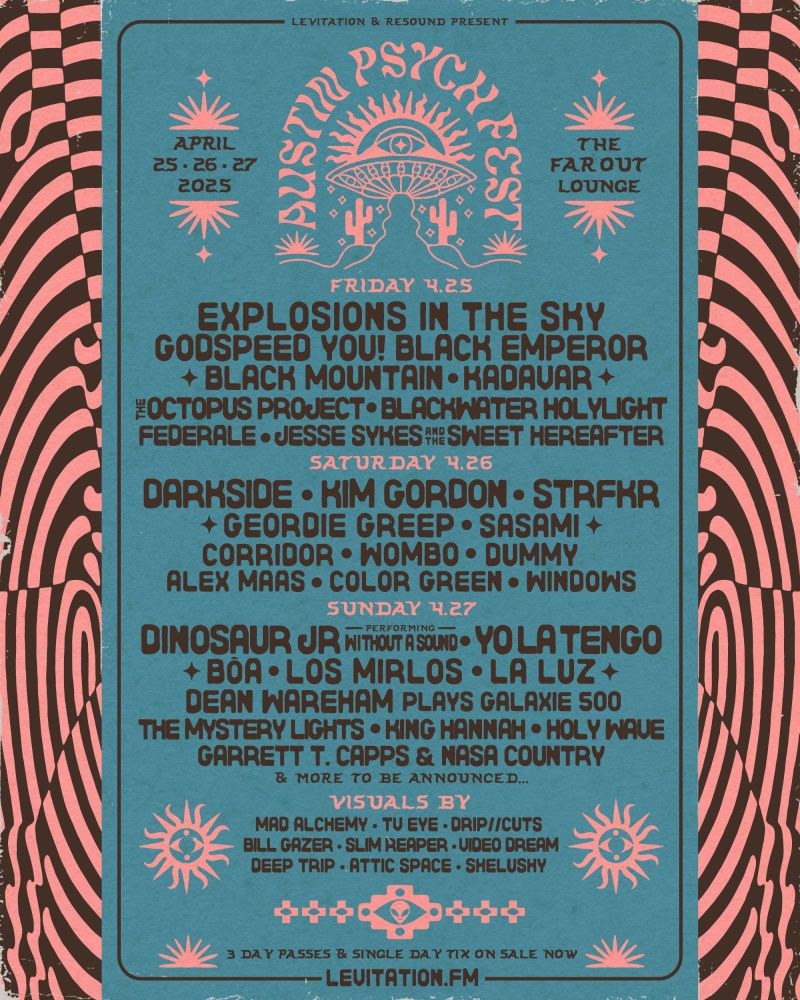
About this Event
Instructor: Eric Delmelle, Associate Professor, Biostatistics and Health Data Science, Lehigh University
Date: June 23, 2025
Time: 9:00 am-4:00 pm EST
Format: In-person
This course is designed to introduce participants to the principles and applications of spatial and spatio-temporal clustering analysis using SaTScan software. Participants will learn how to detect and evaluate clusters of health events in space and time, which is crucial for public health surveillance and research. The course will cover the use of SaTScan for performing various types of analyses including purely spatial, purely temporal, and space-time analyses, with a focus on its application in epidemiology and public health.
Learning Objectives:
(1) Understand the fundamental concepts of spatial and spatio-temporal clustering, including the types of data suitable for analysis.
(2) Learn to configure and run SaTScan analyses, interpret the results, and understand the significance of detected clusters.
(3) Apply SaTScan to real-world datasets to identify potential outbreaks and patterns of disease spread.
(4) Explore advanced features of SaTScan, such as adjusting for covariates and performing prospective surveillance.
Prerequisites:
(1) Participants should have a foundational knowledge of public health principles and epidemiological methods to contextualize the analysis of disease clustering.
(2) A working knowledge of basic statistical concepts, including p-values and confidence intervals, is important for interpreting results from SaTScan analyses.
(3) While not mandatory, familiarity with GIS concepts and software can enhance understanding of spatial data manipulation and visualization.
(4) Participants should be comfortable with data entry, management, and basic operations in software environments. Prior experience with data analysis software is beneficial but not required.
Tech requirements:
SaTScan™ Software: SaTScan is freely available for download and use in public health research. It is compatible with both PC and Mac systems, ensuring that all participants can access the software regardless of their operating system. Participants can download SaTScan from the official website at www.satscan.org. Geographic Information System (GIS) Software: While SaTScan does not require a GIS for basic operations, having GIS software can be beneficial for visualizing data and results. QGIS is a free and open-source option that works well with SaTScan outputs and is compatible with both PC and Mac systems. Participants can download QGIS from www.qgis.org. Spreadsheet Software: Basic spreadsheet software, like Microsoft Excel or Google Sheets, will be useful for data preparation and manipulation before importing into SaTScan. These tools are generally accessible and familiar to most users.
Continuing Education Credits*: 1.5 CEU or 15 CPH
Event Venue & Nearby Stays
Drexel University Dornsife School of Public Health, Nesbitt Hall, Philadelphia, United States
USD 300.00












